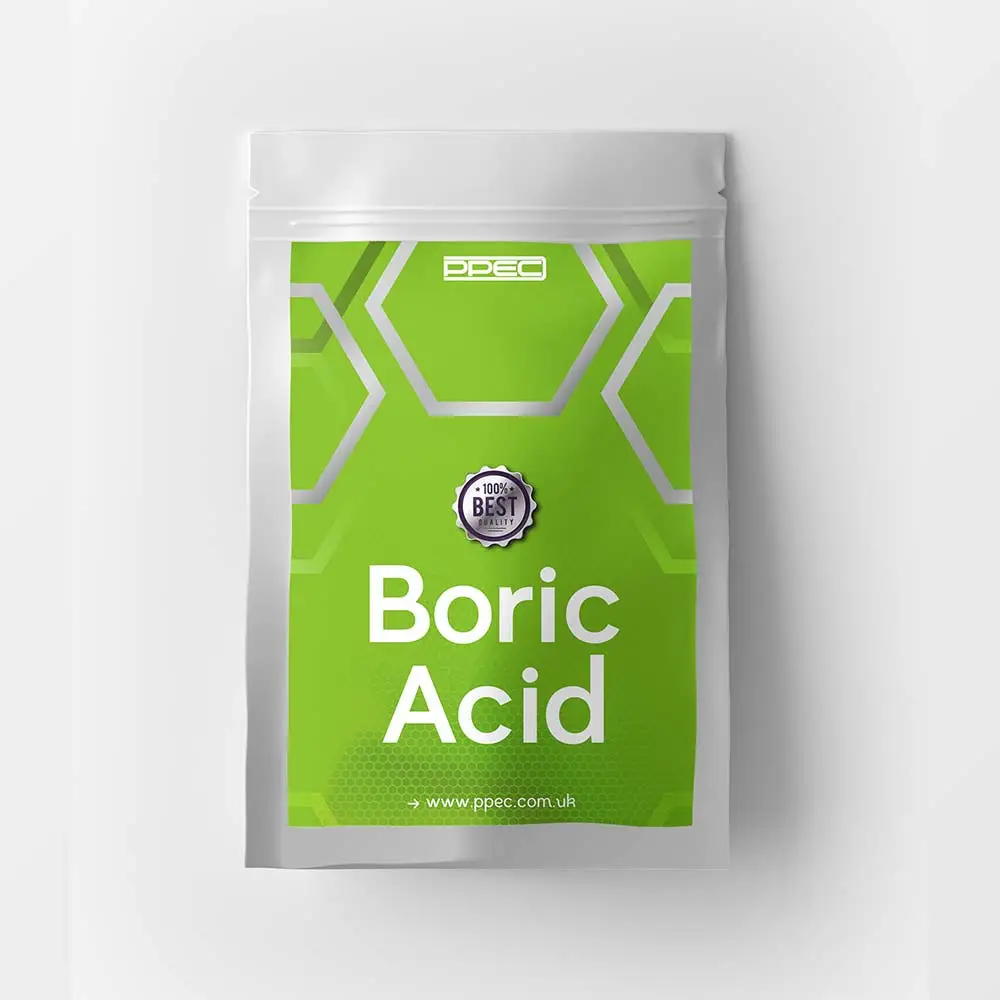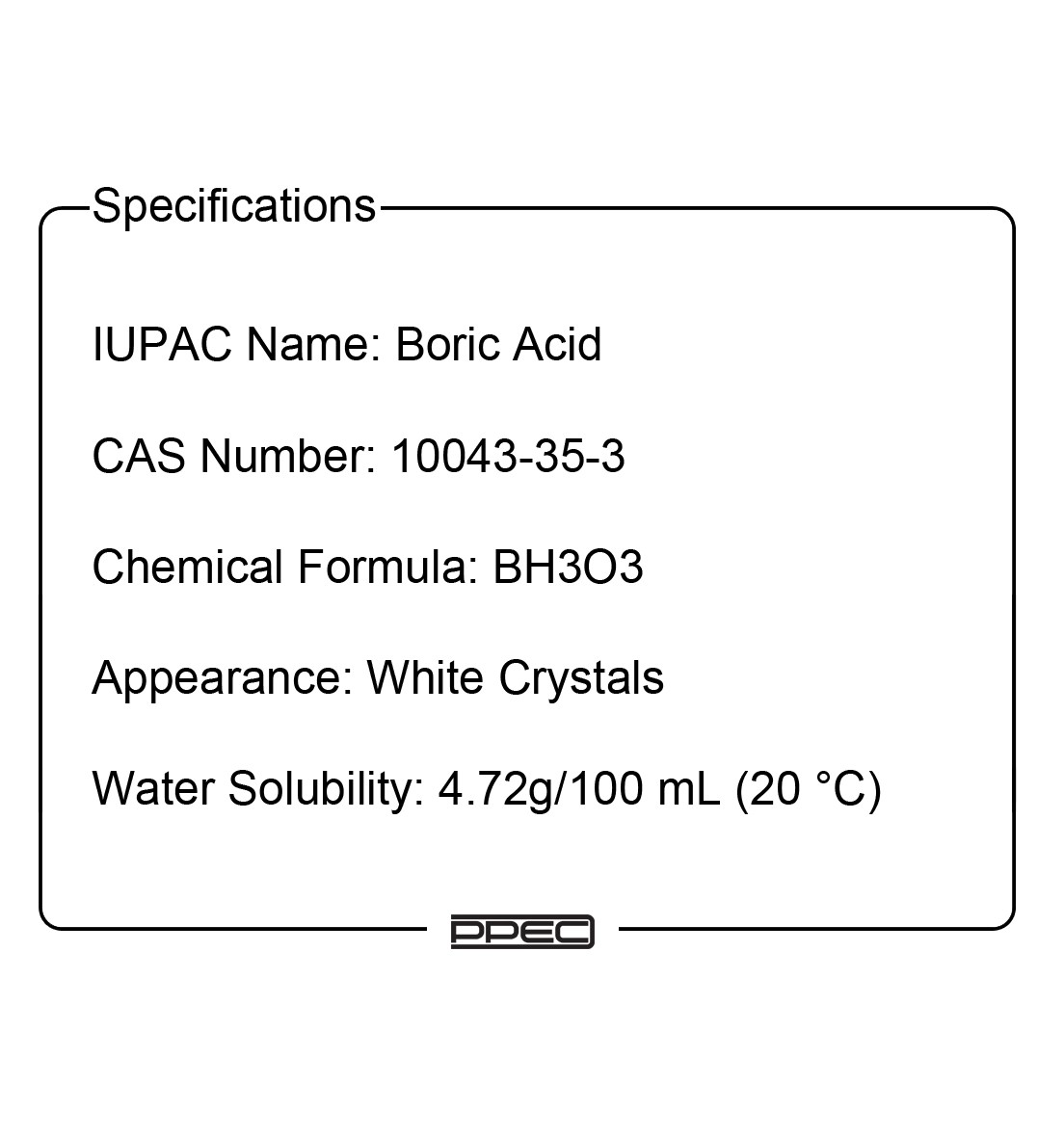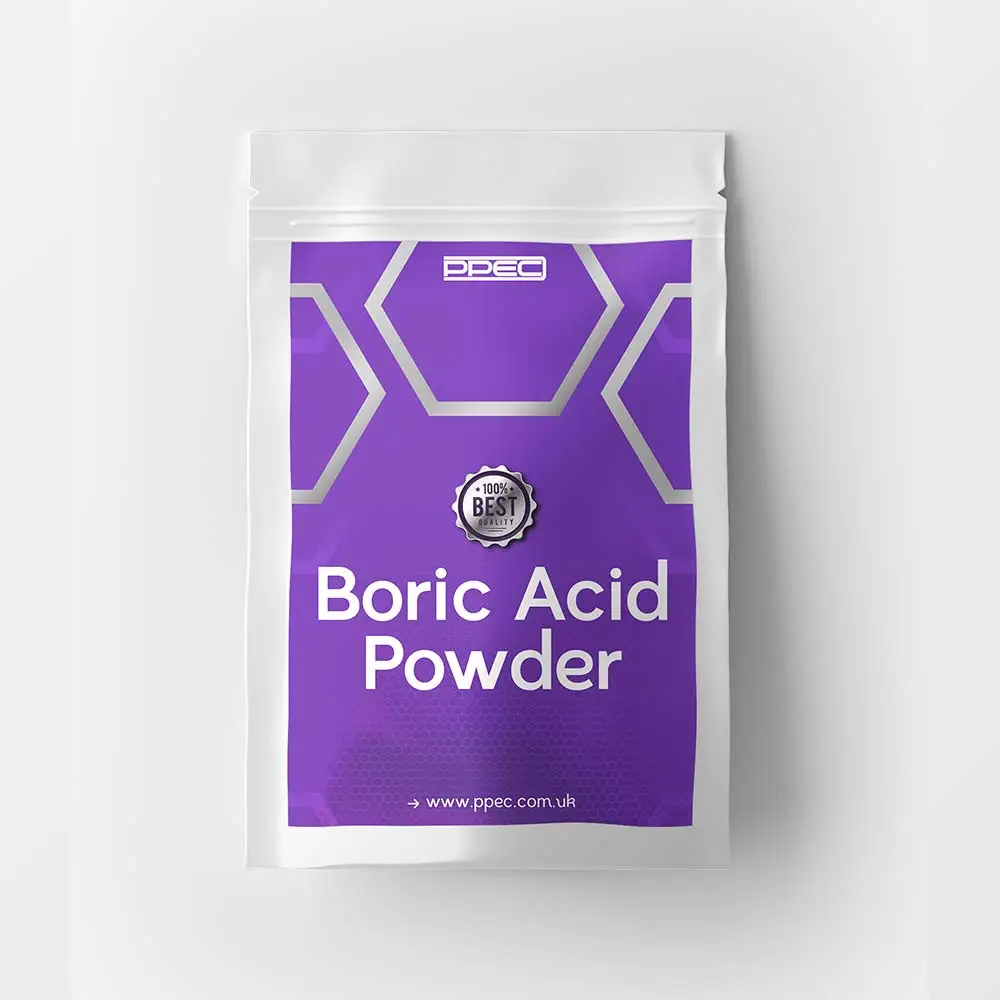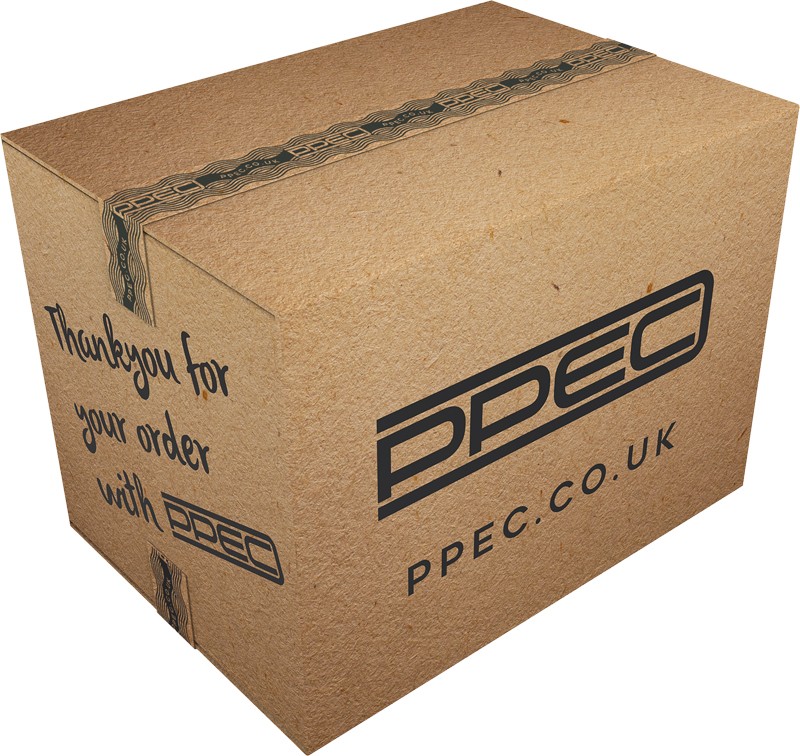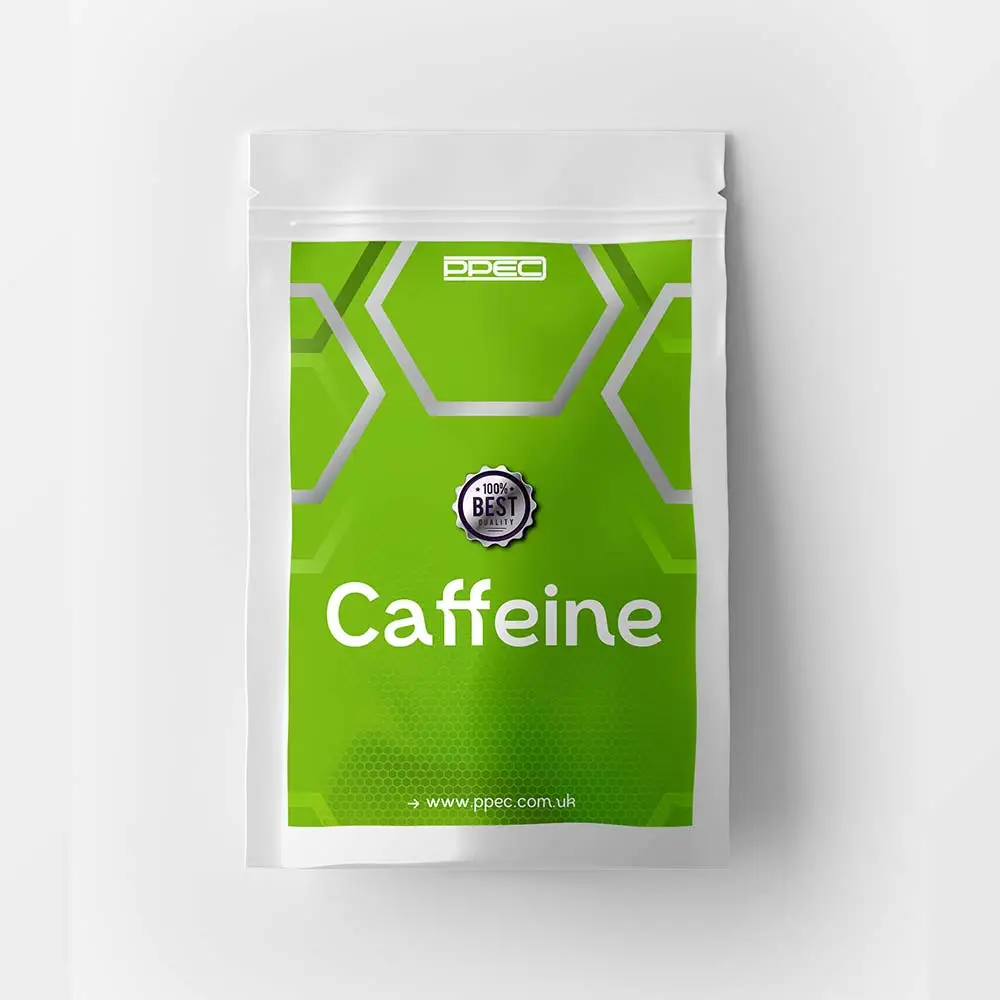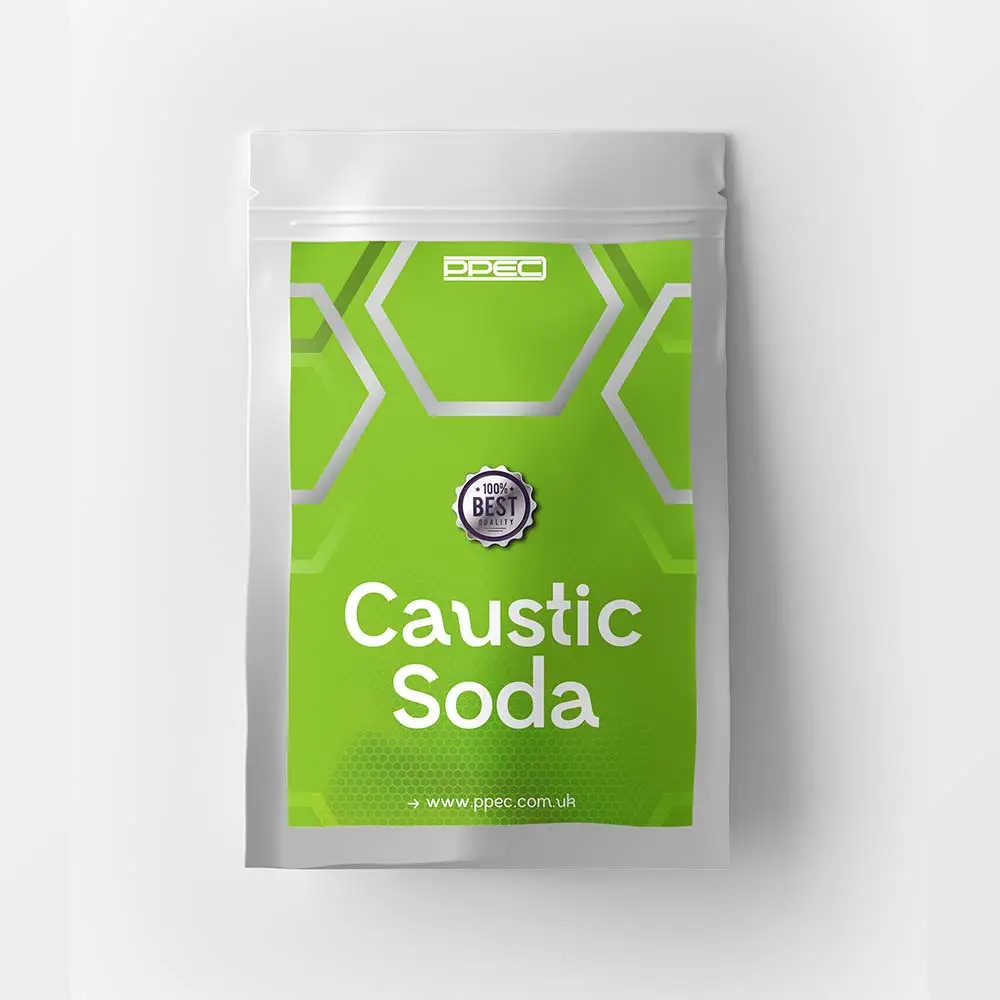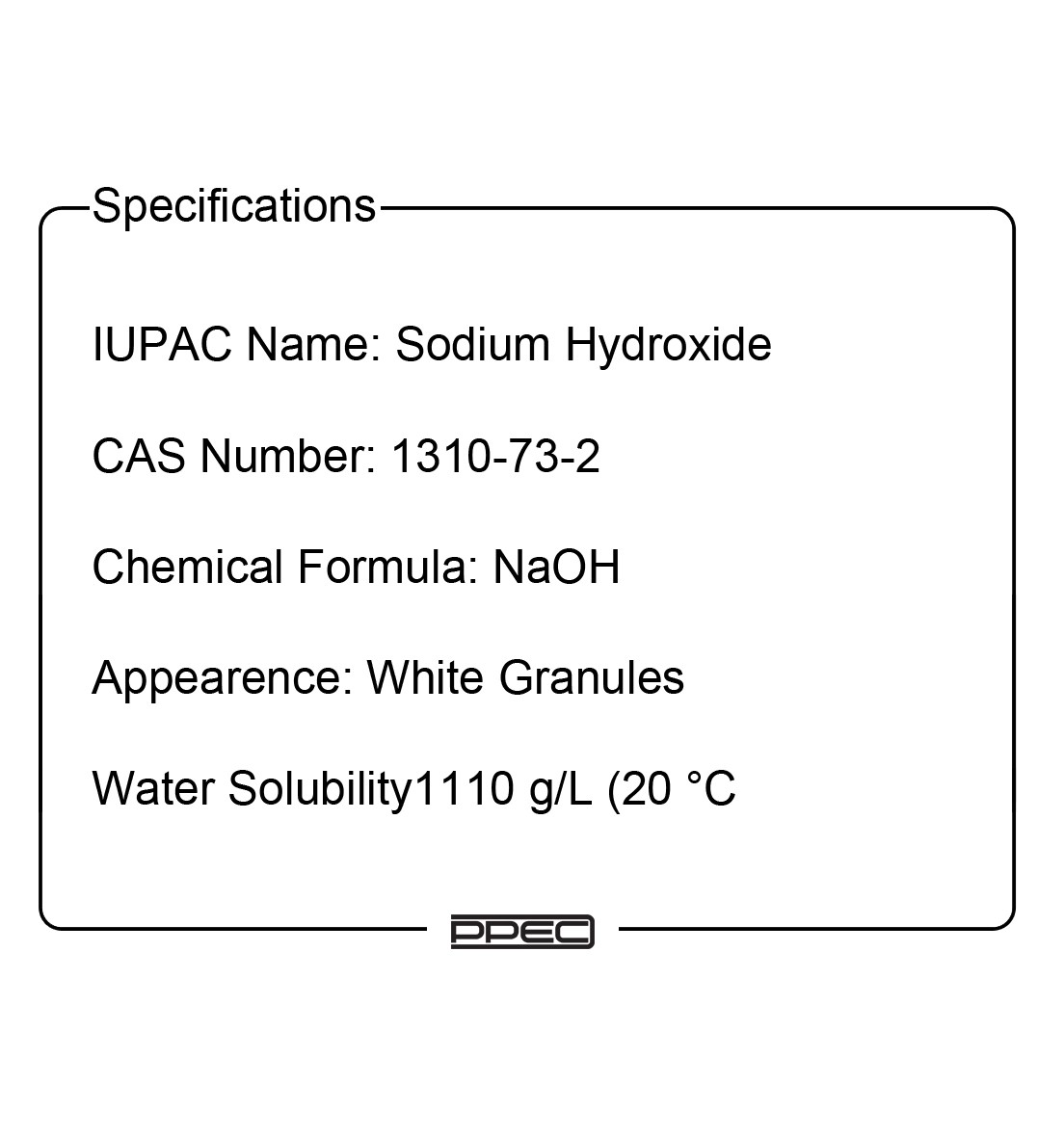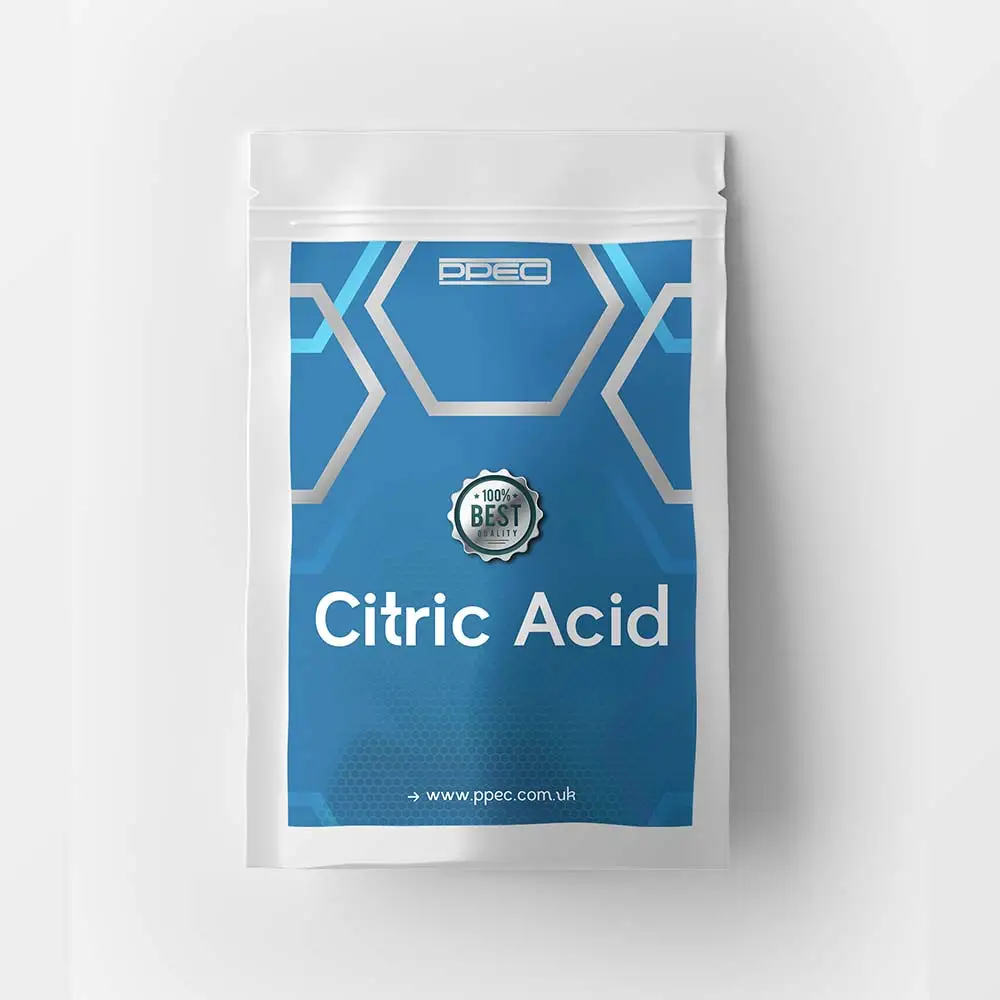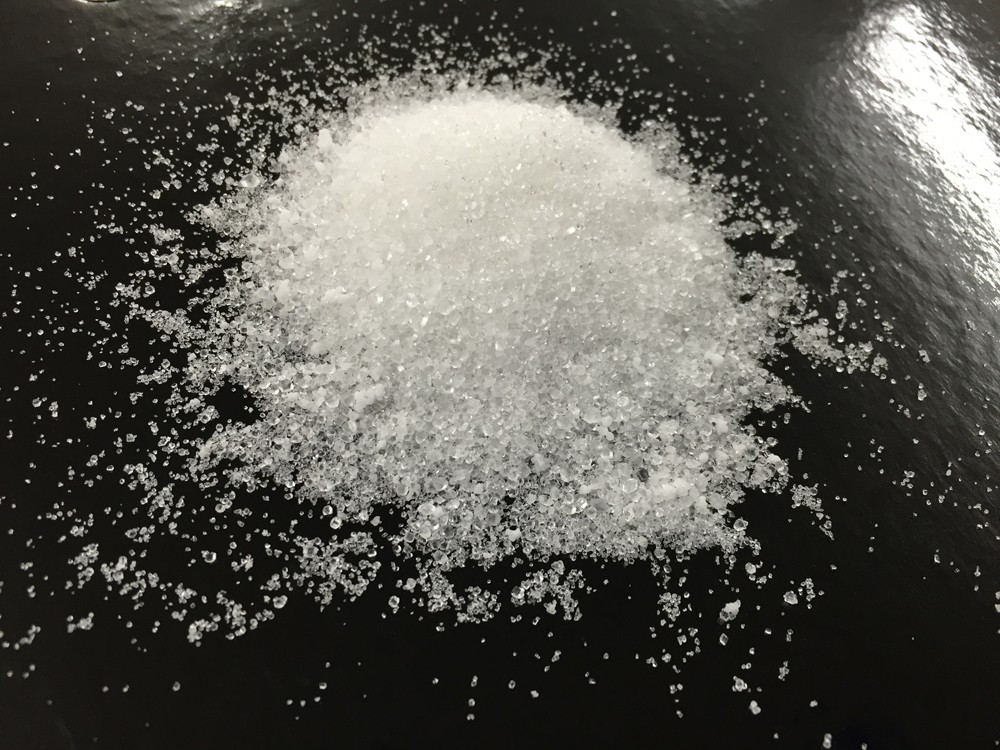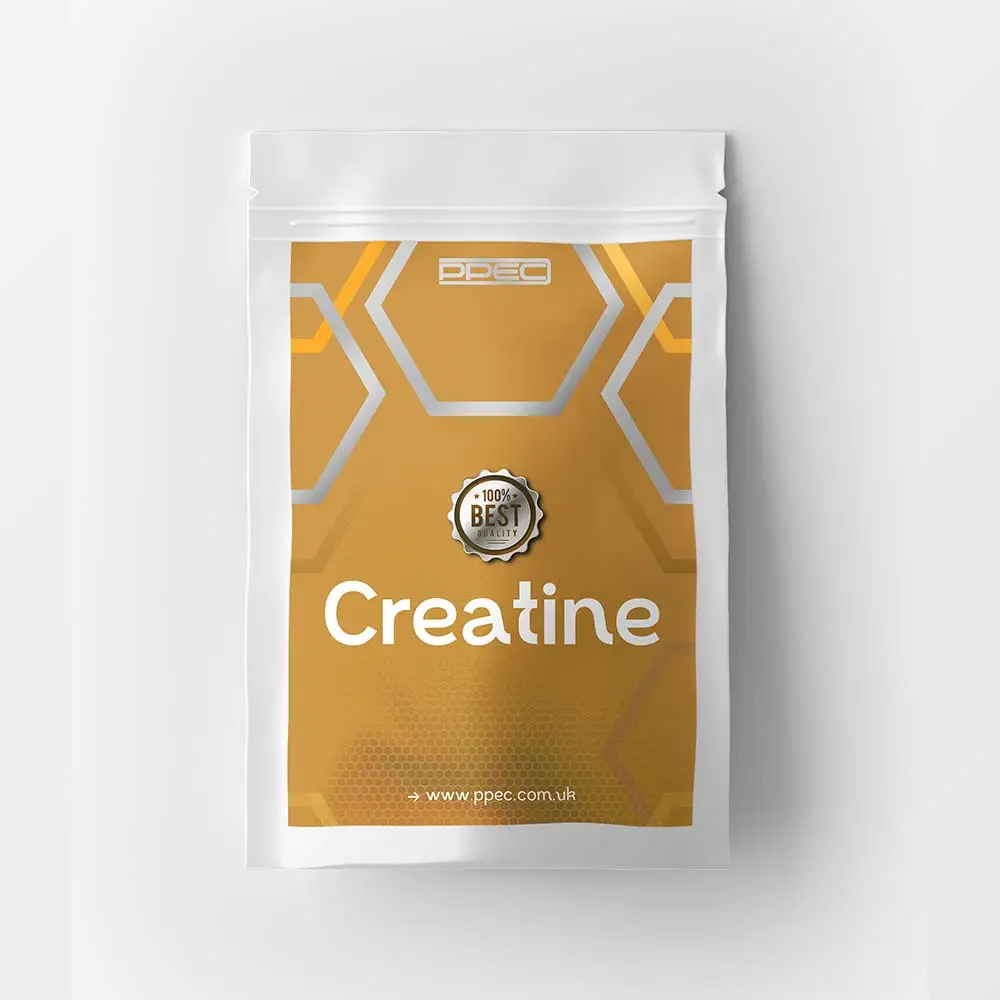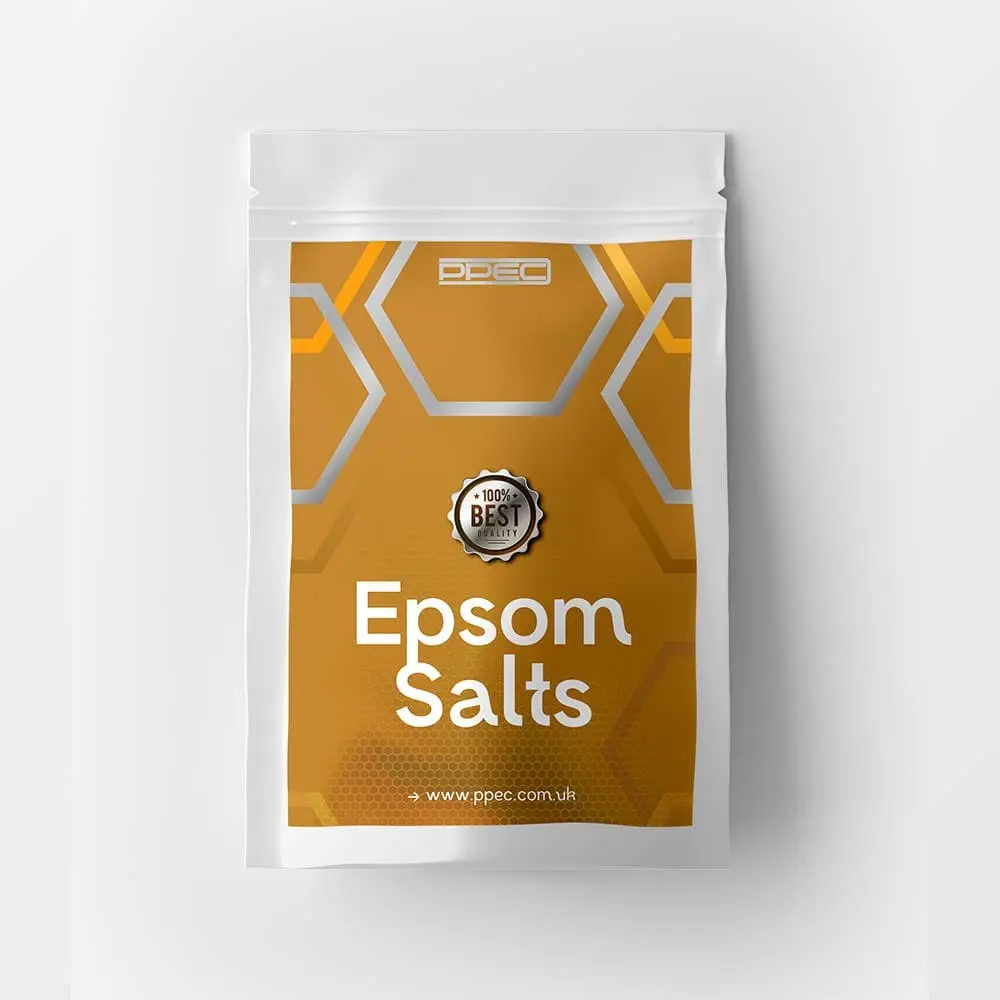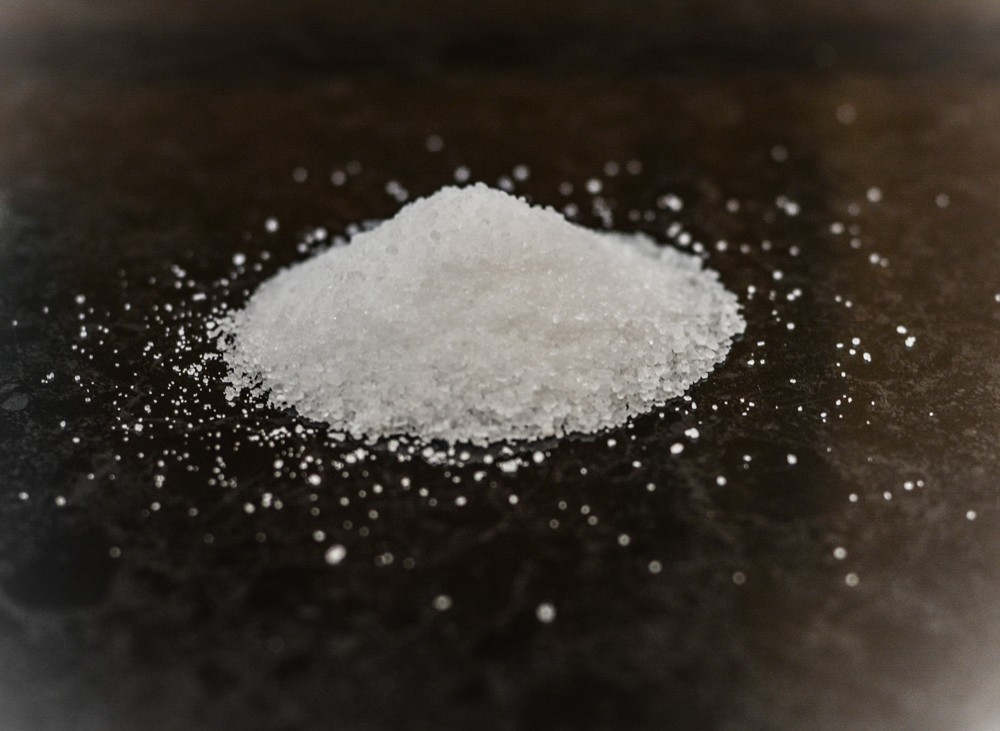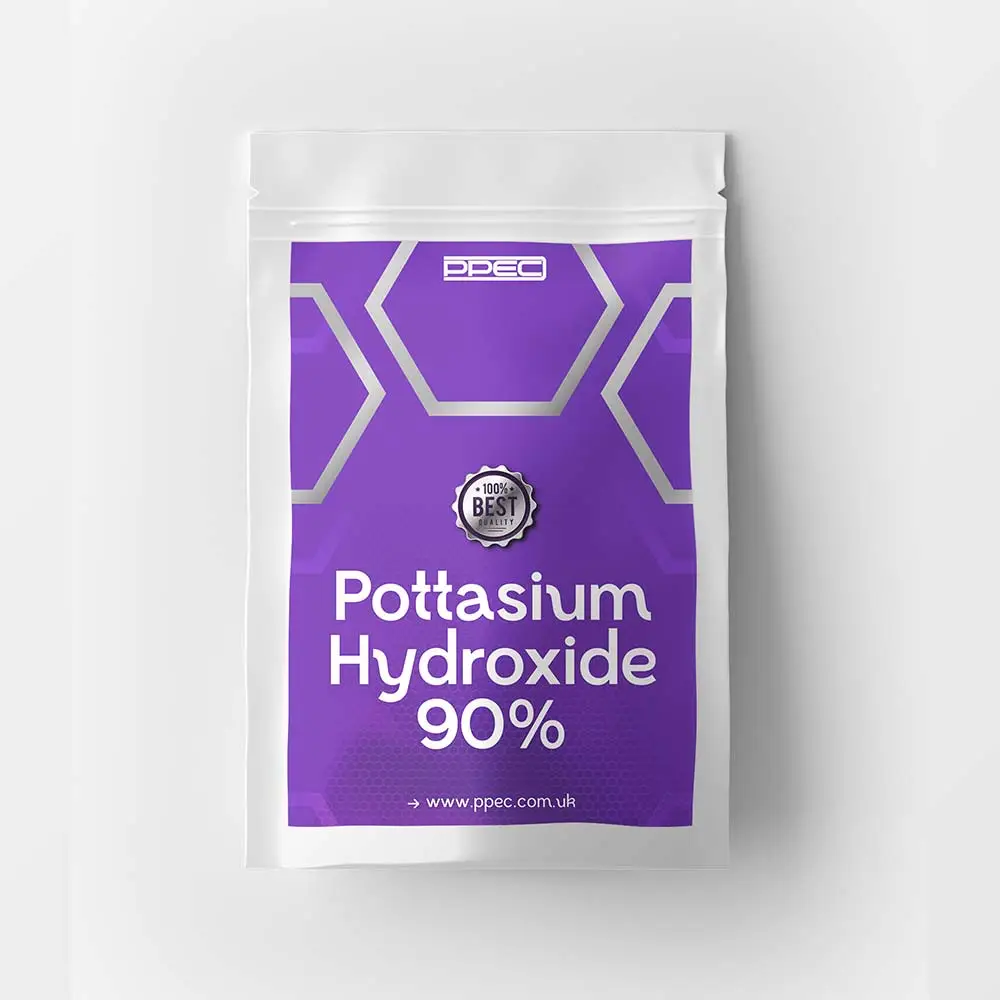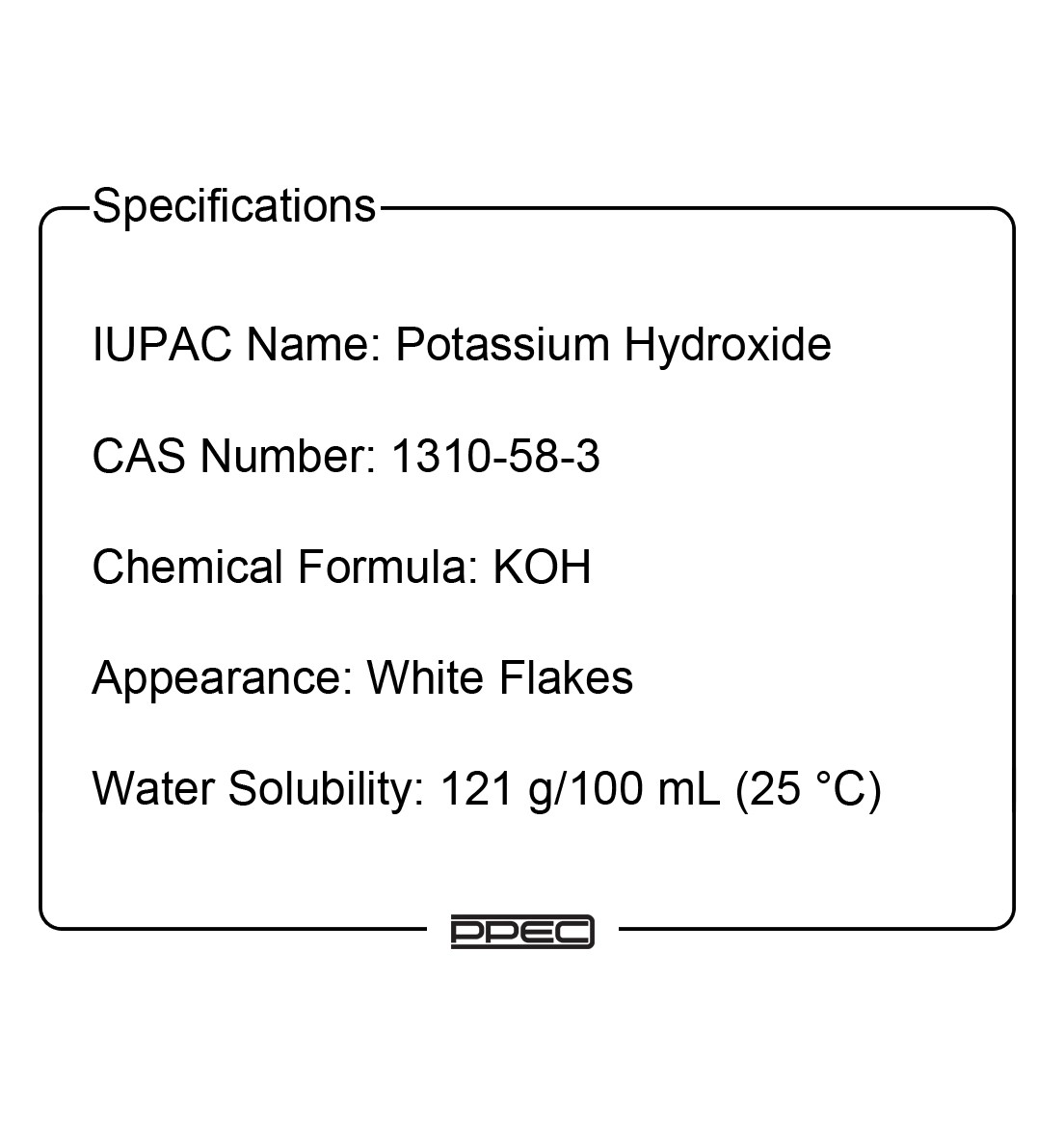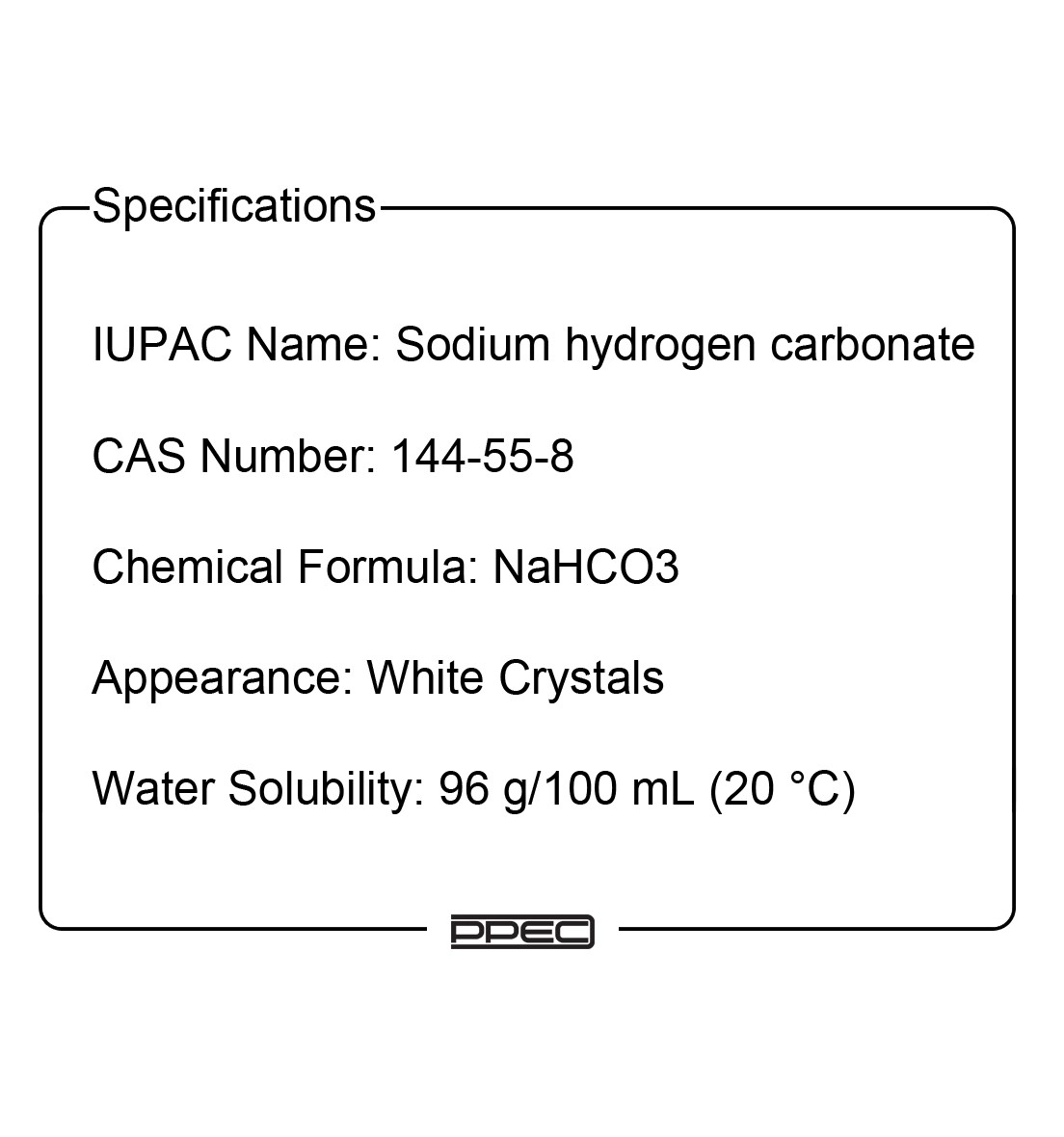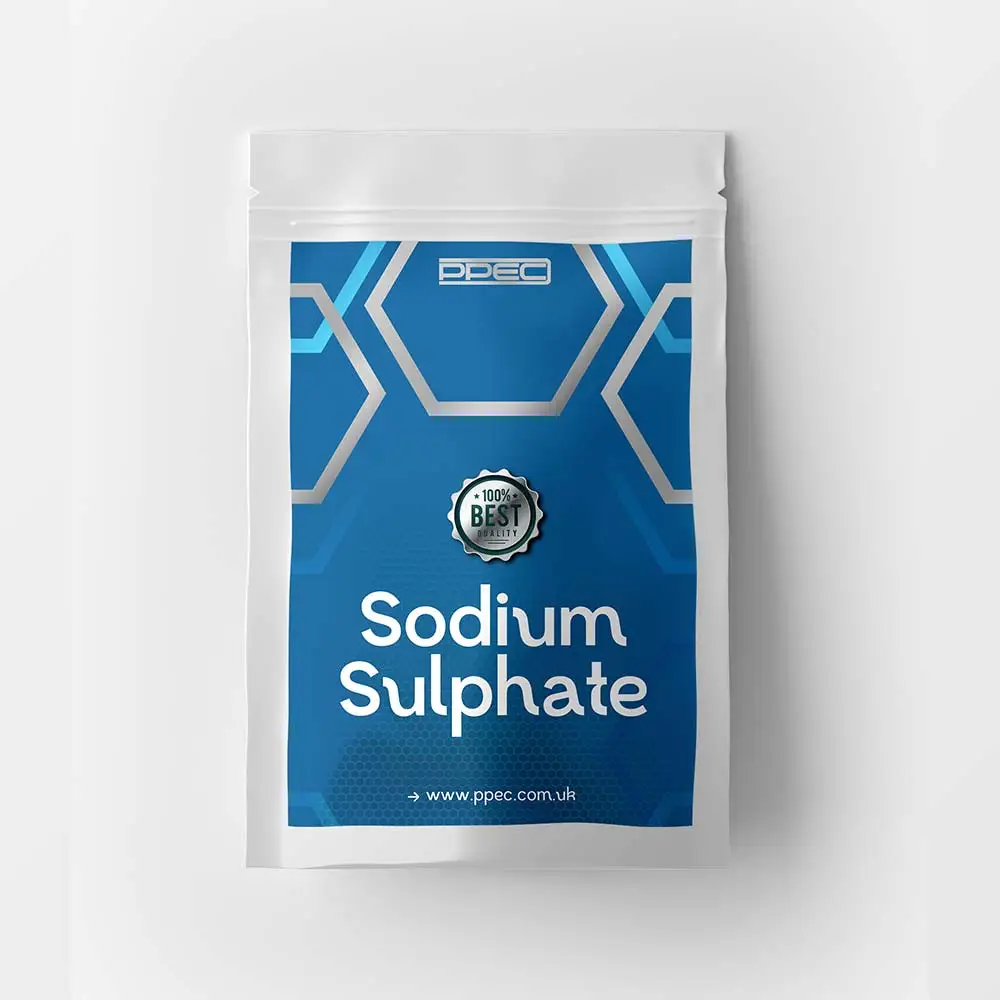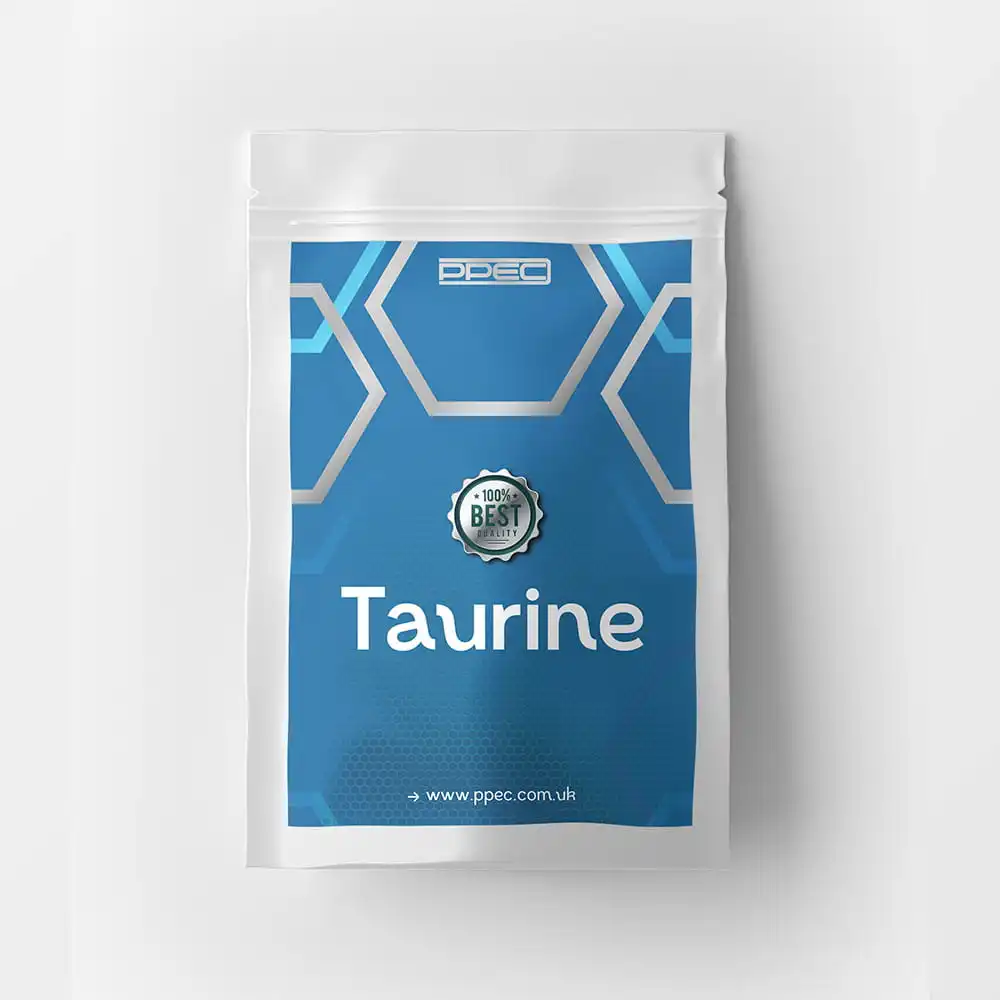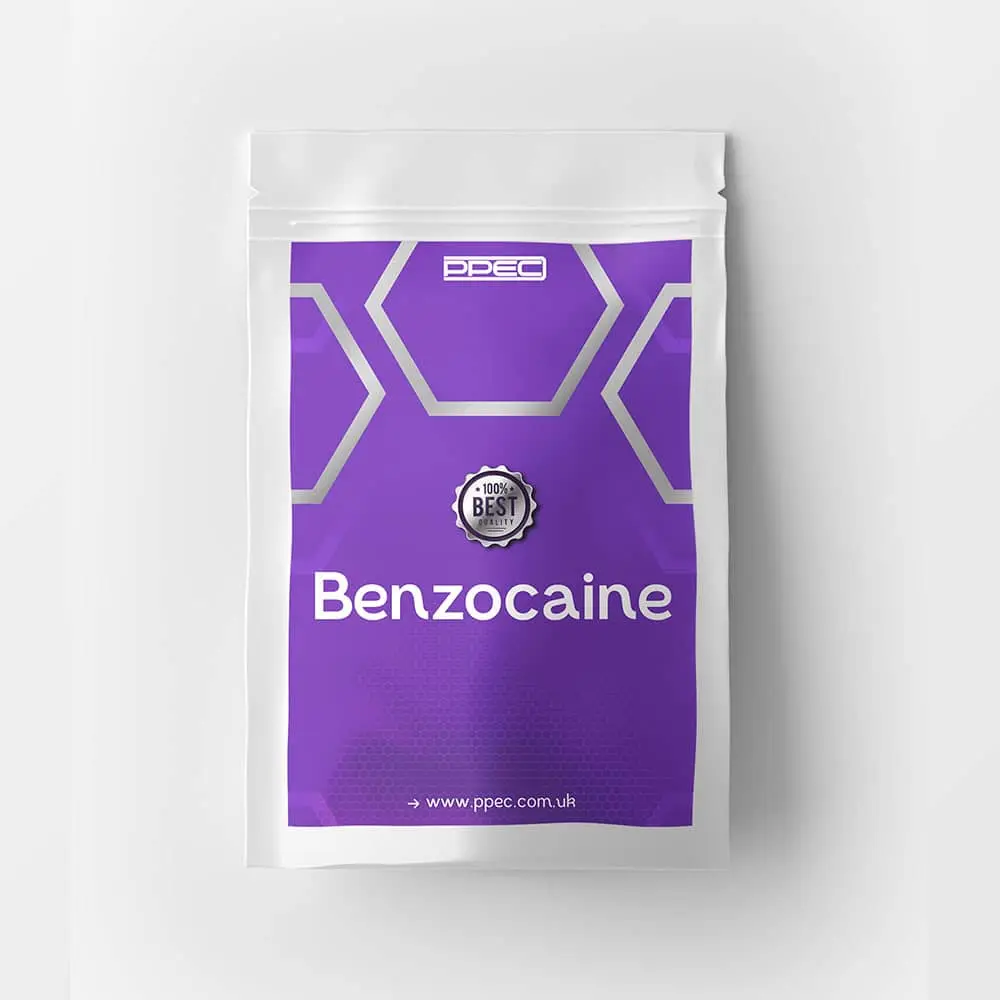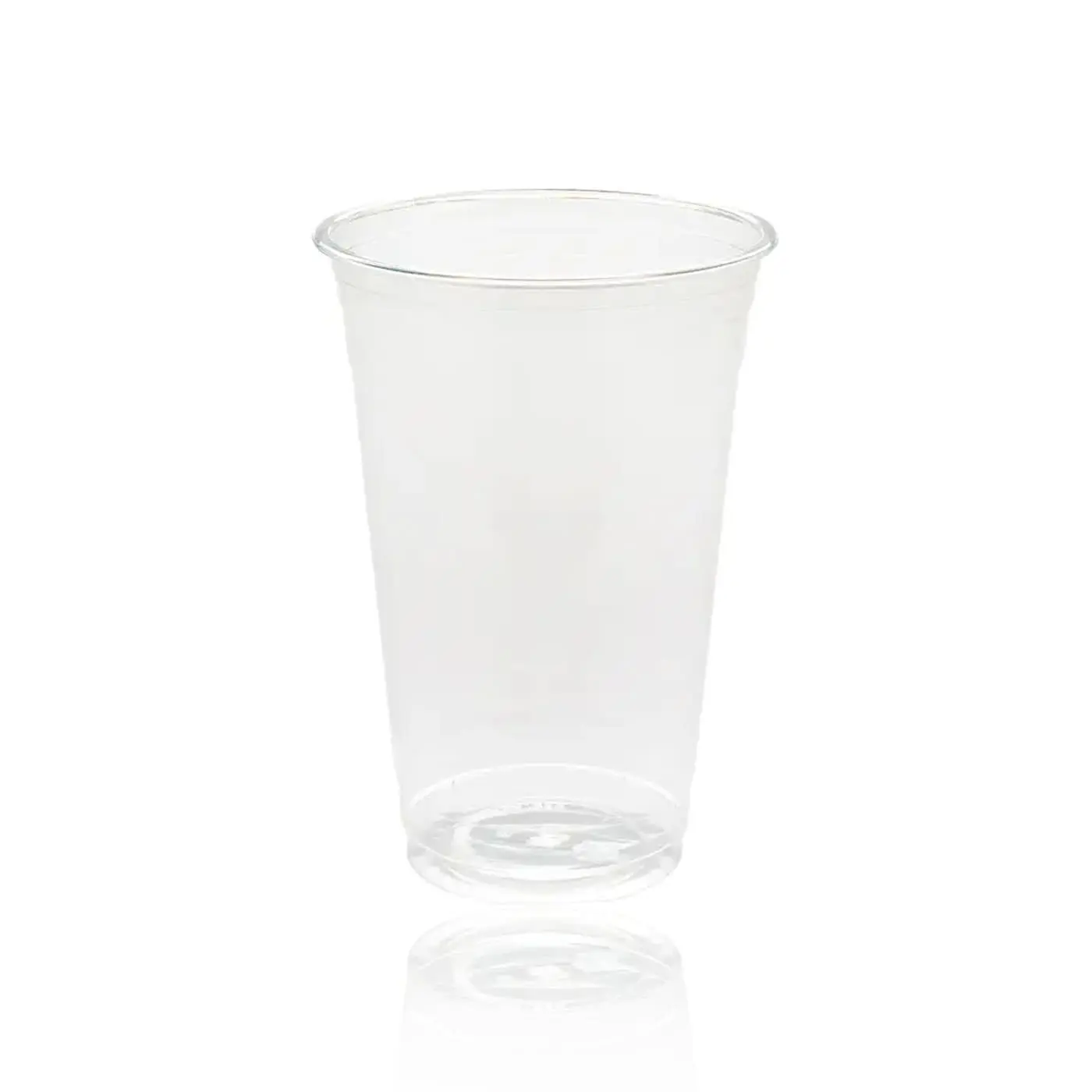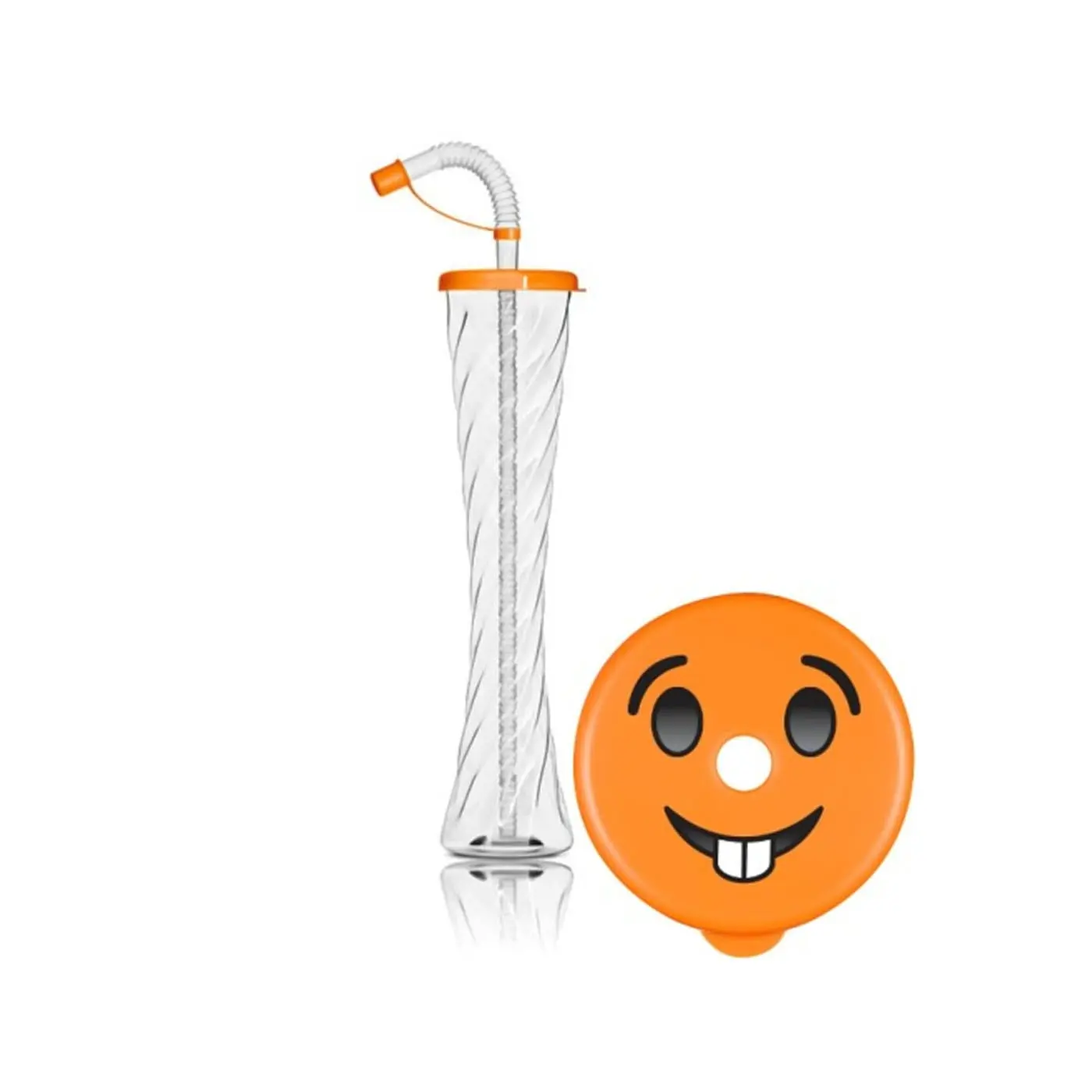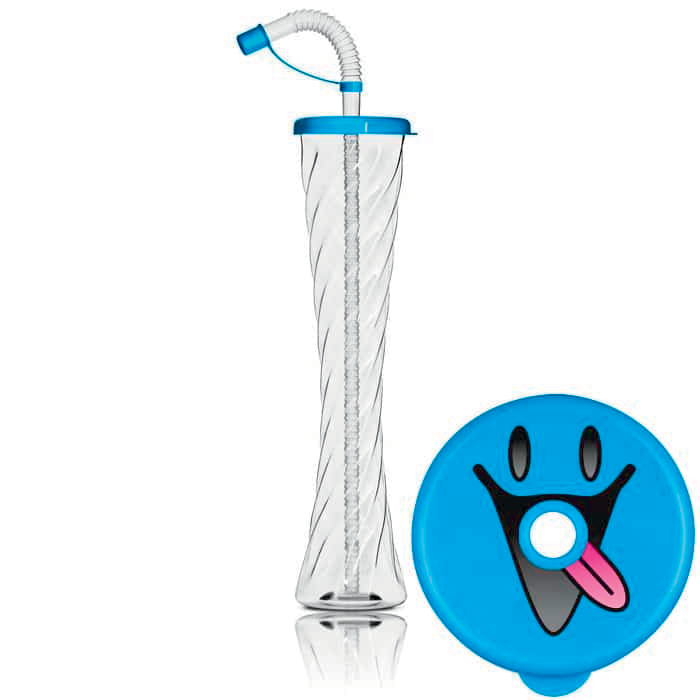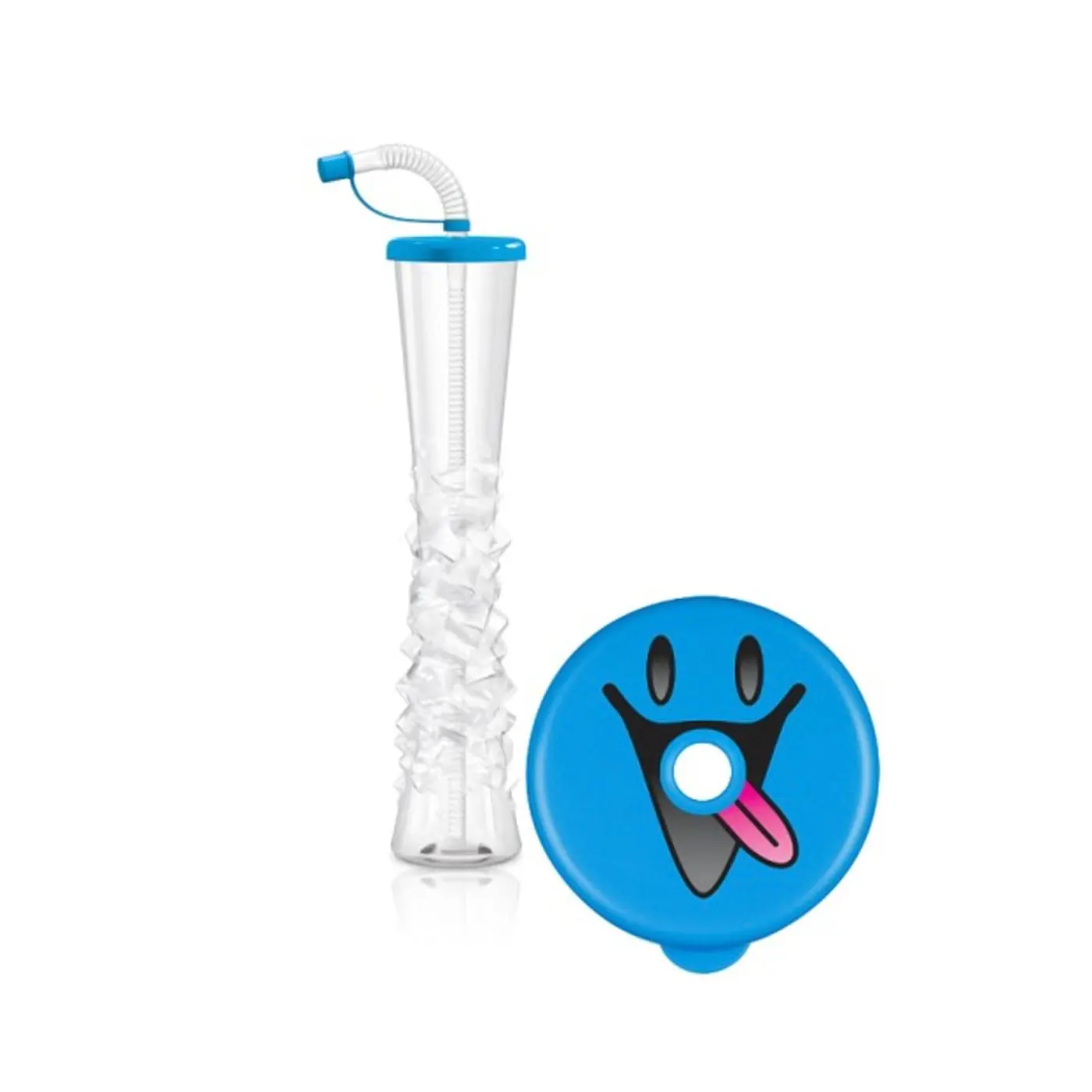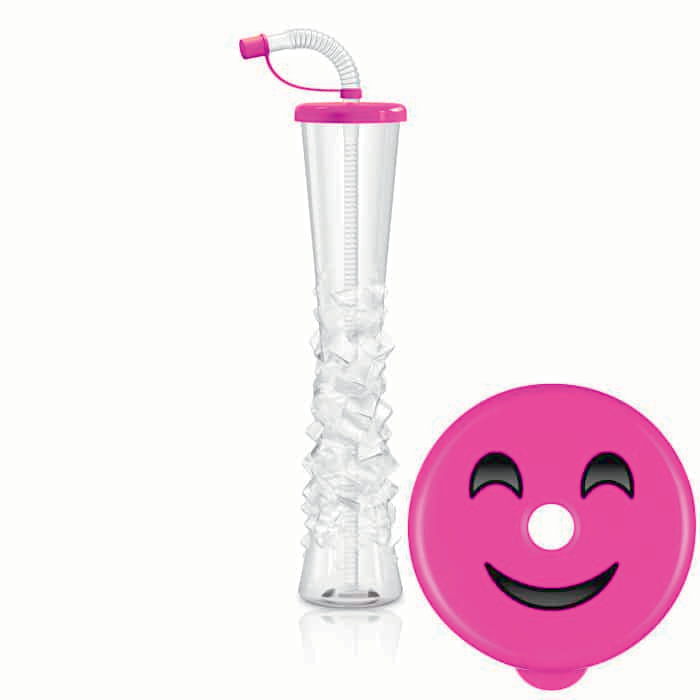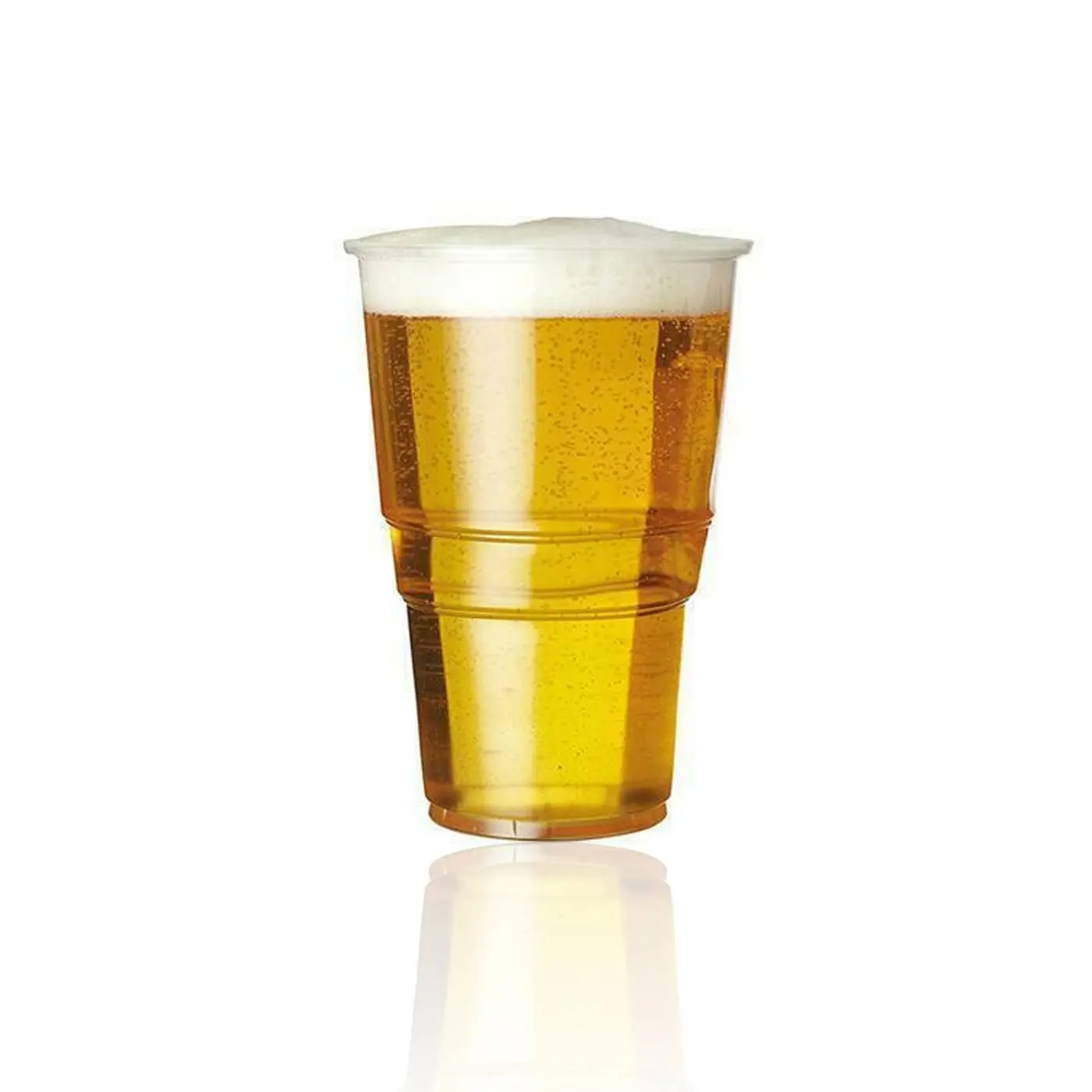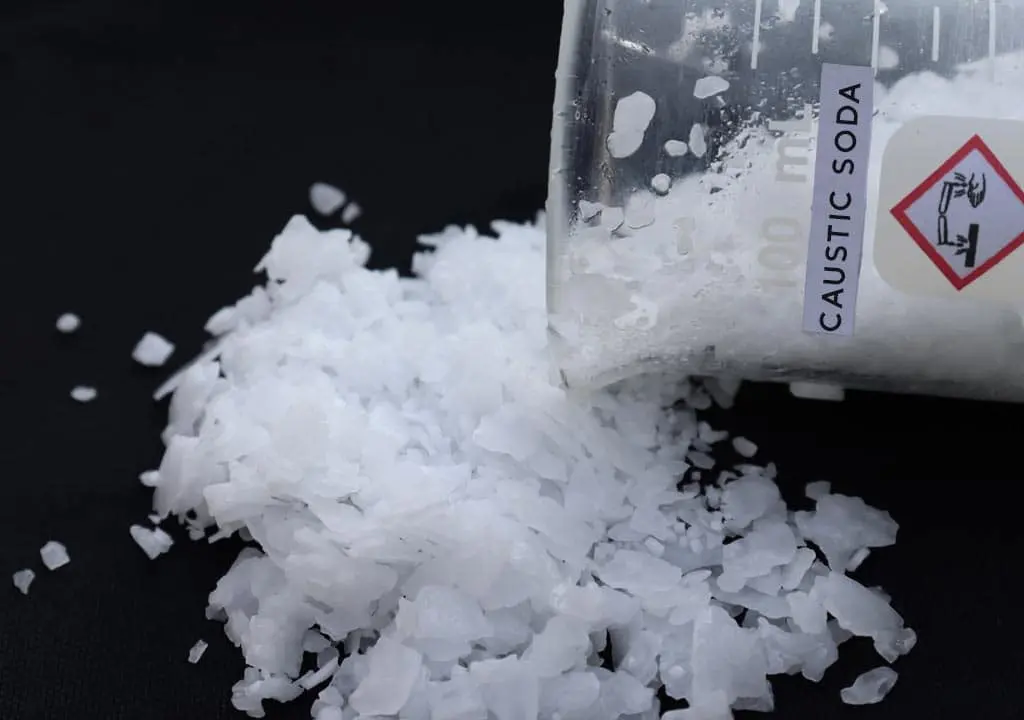Sodium hydroxide, caustic soda or Lye, is an inorganic substance. Sodium hydroxide is a crystalline, colorless solid. It quickly takes up moisture and carbon dioxide from the air and is very soluble in water.
A byproduct of the synthesis of chlorine that is stable in the presence of heat and light is sodium hydroxide. It is an extremely adaptable material that finds application in numerous production procedures.
Teachers frequently use Lye, one of the most basic hydroxides, in conjunction with water and acidic hydrochloric acid to show chemistry students how the pH scale works.
What Are Caustic Soda Applications?
In Detergents and Soaps
Caustic soda is utilized by producers to create detergents for home and business use, as well as soap. Due to its lower cost and smaller required amount of Lye, it is utilized more frequently than potassium hydroxide. Because lye is a reagent and an inorganic base, it is also preferred in soap-making processes. Lye, when dissolved in water, produces hydroxyl and sodium ions, which when combined, lead to saponification (the process that turns fatty acids into soap).
Working as a Sanitizer
Another use for caustic soda is as an industrial cleaner. Caustic soda can be used to help clean equipment of oil, grease, and protein deposits by heating it in water. The Lye solution can be supplemented with surfactants to stabilize dissolved materials and stop redeposition. For baking dishes made of glass and stainless steel, a solution of Lye and water works well as a degreaser. In industrial production, sodium aluminate is also made by mixing it with aluminum.
Clearing Drains
An alternative to calling a plumber is to use caustic soda as a DIY solution for clogged drains. Hair, debris, and other organic materials frequently clog drainage systems. When lye comes into contact with these substances, it initiates an exothermic reaction that breaks down the particles preventing water from flowing freely through the drain.
Pour a solution of lye and cold water into the clogged drain and allow it to simmer. This will unclog the drain. Once some time has passed, fill the drain with hot water. You can try this again until the drain clears if it doesn’t unclog.
In Paper Manufacturing
The pulp and paper industry makes use of lye as well. The compound is necessary for cooking kraft pulps because of its alkaline properties, which are important for the pulping and bleaching processes. The cellulose fibers in the raw wood used to make paper are extracted with the aid of sodium hydroxide.
Caustic increases the alkalinity of bentonite mud systems, which makes it useful for mud drilling and the production of biodiesel. In addition to increasing the viscosity of the mud, it neutralizes acidic gases commonly encountered in mud drilling, such as carbon dioxide and hydrogen sulphide.
Where Can I Buy caustic soda in the UK?
Caustic soda is available at PPEC. There are numerous size options available, with 25L to 1000L being the range. You will receive a product that is 99% pure, which is superior to any other product that has a comparable effect.
We also sell caustic soda pearls online, with bulk orders qualifying for discounts. Being one of the top chemical suppliers of caustic soda in the UK, we also provide a quality guarantee on all of our products.
How Long Do You Leave Caustic Soda?
Depending on the degree of contamination, let the solution remain on the surface for a while. Longer dwell times may be necessary for stubborn stains or you can leave it overnight.
Product Information
Caustic Soda has a wide range of applications across a variety of industries – examples below:
Aerospace – metal treatment, also used for pH control
Agriculture – pH control, also used for effluent treatment
Cleaning – degreasing and pH control
Food & Beverage – cleaning in place (CIP), pH control
Metal Treatment – anodizing and electroplating, pH control & effluent treatment
Pharmaceutical – production of intermediates, pH control (water/ effluent treatment)
Paper – raising pH during the pulping process
Power – regeneration of ion exchange resins
Raw material/ intermediate in chemical manufacture
Soap making – saponification
Water Treatment – pH control
STRENGTHS AND GRADES
Solution stored at 50%
Dilutions available from 50% down to 1%
Solution – available to meet BS EN 896: 2012 – Treatment of Water for Human Consumption, Commission
Regulation (EU) No.231/2012 (E524), and the current Food Chemicals Codex
Solid (pearl) – technical grade stored in 25kg bags at distribution sites in West Thurrock and Selby
What Are Caustic Soda Applications?
Across numerous industries, caustic soda is mainly utilized as an acid neutralizer in industrial cleaning and water treatment processes. Along with being a cleaning ingredient in soaps and detergents, it is also utilized in the production of paper and textiles.
CAS number
1310-73-2
Strengths
16%, 20%, 25%, 27%, 30%, 32%, 47%, 50%
AKA
Sodium hydroxide, sodium hydrate, lye
Quantities
25L, 200L, 1000L, Bulk transfer
Appearance
A clear solution with no distinguishing odour
Chemical formula
NaOH
How should sodium hydroxide be handled and stored safely?
Although handling and storing sodium hydroxide (NaOH) can be dangerous, it can be done safely with the correct safety measures. Here are some guidelines to follow when handling and storing this caustic substance.
First and foremost, it’s critical to remember that sodium hydroxide is a potent alkali with corrosive qualities. It is frequently utilized in industrial processes like paper manufacturing, as well as in the production of soap and household cleaning products. As a result, it should always be handled carefully and respectfully.
Wear the proper safety equipment, such as goggles, gloves, and a lab coat, and make sure your skin is covered when handling NaOH. By doing this, the possibility of unintentional skin or eye contact will be reduced. If any accidentally gets on your skin or clothing, rinse it off with water right away and wait at least 15 minutes before getting medical help. Because the reaction between sodium hydroxide and water produces extremely high temperatures, you must greatly outweigh the water-to-caustic ratio. Therefore, using too much water lessens the chance of causing more burning and reversing the chemical reaction.
When working with sodium hydroxide, make sure you are in a well-ventilated area and wear personal protective equipment (PPE). By doing this, any chance of breathing in vapors that might irritate the respiratory system will be eliminated.
Let’s now discuss storage. As previously noted, NaOH has corrosive qualities, which means that when it comes into contact with certain substances, such as metals or acids, it may react violently. It is essential to store this chemical correctly as a result.
NaOH should be kept in its original, properly labelled container, kept tightly closed. Make sure the container is made of a material that works well together, like polyethylene plastic. Metal containers should never be used.
Additionally, maintain a dry and cool environment for storage—ideally between 15 and 25°C. Changes in the concentration of NaOH solutions can result from extreme heat or unwelcome moisture, which could have unanticipated effects when used.
Keeping sodium hydroxide separate from incompatible materials, such as strong acids or oxidizing agents, which may react dangerously if they come into contact with one another, is another crucial part of safe storage.
PRICE OF CAUSTIC SODA
An essential component in the production of natural soap is sodium hydroxide, also known as caustic soda (formal: NaOH). This product is offered at a very competitive price in quantities of 1KG and 25KG! Superior quality and delivered with utmost care for safety. Please be aware that because sodium hydroxide is considered a “dangerous good,” your product will be delivered on a pallet if you purchase a 25KG bag.
Cautions Regarding Caustic Soda Safety
Caustic soda is extremely harmful to human skin; contact can result in severe burns and damage to the eyes. Even if it is still sealed in its original packaging, handling this hazardous chemical requires extra caution. We strongly advise wearing appropriate protective clothing, such as gloves, safety glasses and dungarees.
Conclusion
The main applications for caustic soda are as a drain pipe cleaner, to unclog drains, to remove accumulated grease from ovens, and to manufacture detergents and soap. With so many applications, it’s a useful product to have around the house.

